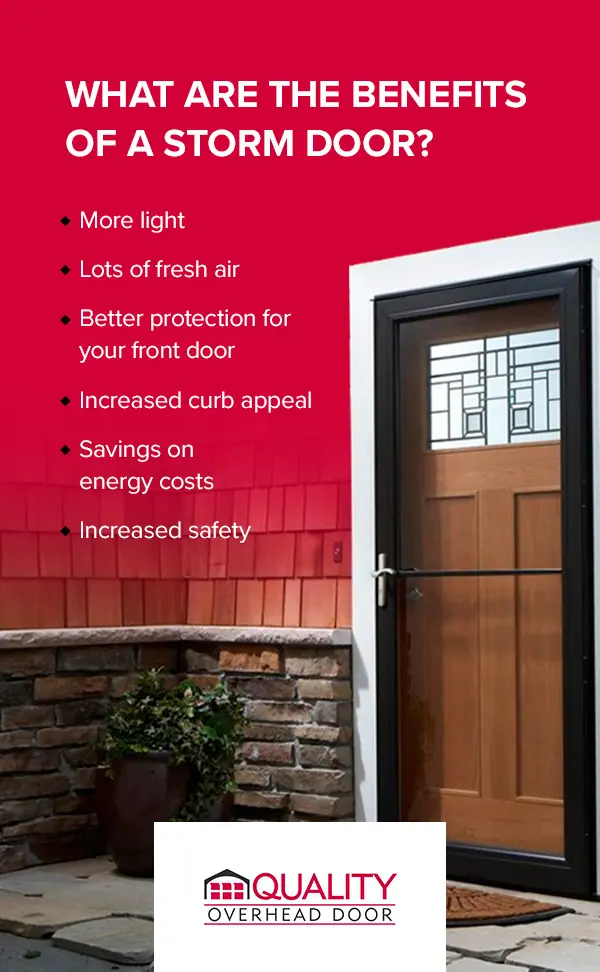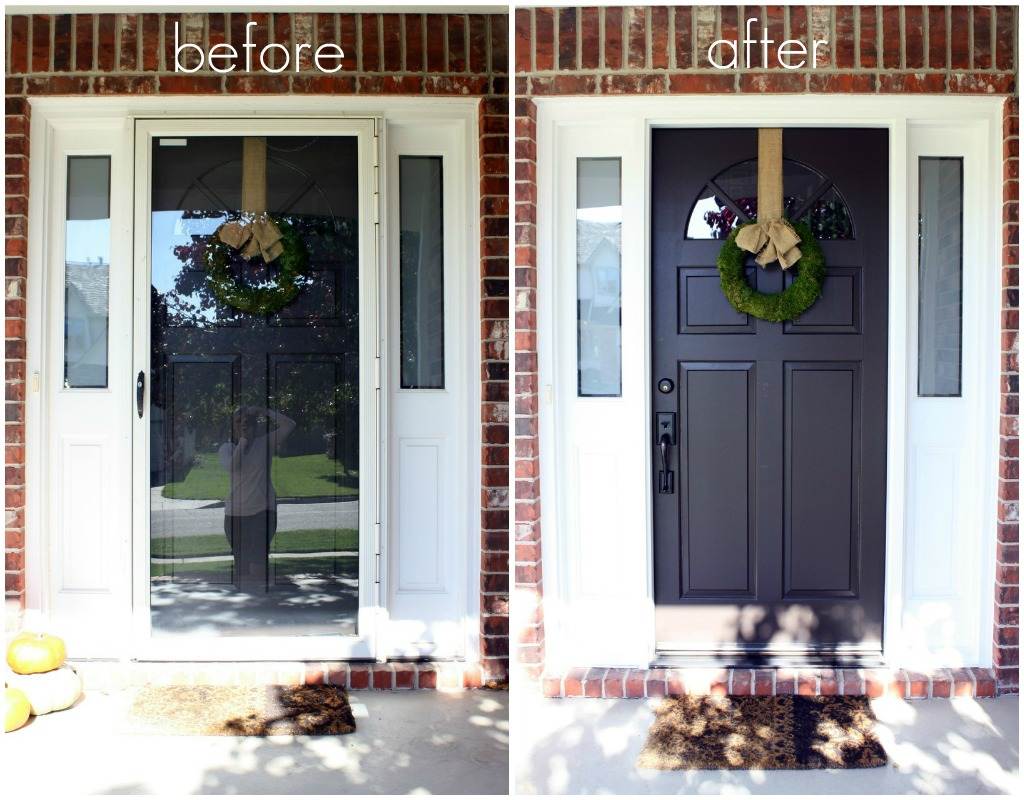Sometimes, when the skies are clear and the sun is shining, we are tempted to keep our doors wide open, letting the gentle breeze and warm rays fill our homes. But have you ever wondered if there are instances when a storm door might not be the best option? While storm doors are designed to provide an extra layer of protection against the elements, there are certain circumstances where they may not be suitable. In this article, we will explore when it might be better to forgo using a storm door, ensuring that you make the best choice for your home and weather conditions. So, let’s step outside the realm of storm doors and discover when it’s time to let your main entrance shine on its own.
When Should You Not Use A Storm Door?
Storm doors are a great addition to many homes, providing an extra layer of protection against the elements and improving energy efficiency. However, there are certain situations where using a storm door may not be the best choice. In this article, we’ll explore ten scenarios in which you should consider alternative options to using a storm door.
1. In Areas with Constantly Harsh Weather Conditions
While storm doors are designed to withstand various weather conditions, they may not be suitable for areas with constantly harsh weather. If you live in a region that frequently experiences extreme temperatures, heavy rainfall, or strong storms, it’s important to consider whether a storm door can adequately withstand these conditions. Constant exposure to harsh weather can lead to premature wear and tear, requiring frequent repairs or replacement, making it a less practical option.
2. In Areas Prone to Heavy Winds
Similar to areas with harsh weather conditions, regions prone to heavy winds can also pose challenges for storm doors. Strong gusts of wind can put stress on the door, leading to structural damage or even detachment. If your home is in an area known for frequent high winds or gusty weather patterns, it may be wise to forgo a storm door and explore alternatives that can better withstand these conditions.

This image is property of www.gielgaragedoors.com.
3. In Homes with Insufficient Ventilation
One of the essential functions of a storm door is to provide ventilation while still maintaining security. However, if your home already has issues with ventilation, such as poor airflow or inadequate venting systems, adding a storm door may exacerbate the problem. The additional layer may restrict air circulation, potentially leading to increased humidity and condensation, which can have negative impacts on the interior environment of your home.
4. In High Humidity Environments
High humidity environments can also present challenges when it comes to using a storm door. Excessive moisture in the air can cause condensation to form on the interior side of the door, which may lead to mold growth or damage to the door frame over time. Additionally, if the storm door is not properly sealed, it may allow humidity to seep into your home, further adding to the moisture-related issues. In such cases, it’s advisable to consider alternative options that are better suited to high humidity environments.

This image is property of www.qualityoverheaddoor.com.
5. In Homes with High Risk of Water Damage
If your home is located in an area prone to flooding or experiences regular water infiltration issues, using a storm door may not be the best choice. Storm doors typically have gaps between the frame and the door itself, which may allow water to seep inside during heavy rains or flooding events. This can lead to water damage not only to the door but also to the interior of your home. In such cases, it’s important to prioritize water-resistant or waterproof solutions that can better protect your home against water damage.
6. In Homes with Limited Space
While storm doors can be a practical addition to many homes, they may not be suitable for houses with limited space. Storm doors require additional clearance for installation, which can be challenging if you have limited room near your main entryway. In such cases, you may need to explore alternative options, such as a retractable screen or a well-insulated entry door, to ensure functionality without compromising on space.

This image is property of pellabranch-prod.gumlet.io.
7. In Homes with Low Natural Light
If you value the natural light entering your home, a storm door may not be the best fit for you. Storm doors often have a full or partial glass panel, which can limit the amount of sunlight that enters your home. While this can be beneficial in some situations, such as reducing heat gain in warmer climates, it may not be ideal for homes that rely on natural light for a bright and airy feel. In such cases, it’s important to consider other options that allow for maximum natural light penetration.
8. In Homes with Pets That Scratch
While storm doors can help protect your main entry door from pets and their claws, they may not be suitable if you have pets that frequently scratch or paw at doors. Storm doors typically have a painted or coated finish, which can easily get damaged by persistent scratching. If you have pets that exhibit this behavior, it’s worth considering more durable options, such as installing a pet-friendly screen door or reinforcing your existing door with protective coverings.

This image is property of www.qualityoverheaddoor.com.
9. In Homes with Difficult Entry Configurations
Not all homes have a standard entryway configuration, and some may have unique challenges when it comes to door installations. If your home has an unconventional entryway design, such as an arched door or an angled entry, it may be difficult to find a storm door that fits properly. In such cases, it may be necessary to explore custom-made options or alternative solutions that suit your home’s specific requirements.
10. In Homes with Security Concerns
While storm doors can enhance home security by providing an additional layer of protection, they may not be the best choice for homes with high security concerns. The design of storm doors often includes glass panels, which can be vulnerable to break-ins if not properly fortified. If you live in an area with a high crime rate or have specific security concerns, it may be more appropriate to invest in other security measures, such as reinforced doors with multi-point locking systems or security cameras.
In conclusion, while storm doors offer numerous benefits, they may not be suitable for every home and every situation. It’s essential to consider factors such as weather conditions, ventilation requirements, space limitations, and security concerns before deciding whether to install a storm door. By carefully evaluating your specific needs and circumstances, you can make an informed decision that ensures the safety, durability, and functionality of your home’s entryway.

This image is property of 2.bp.blogspot.com.
